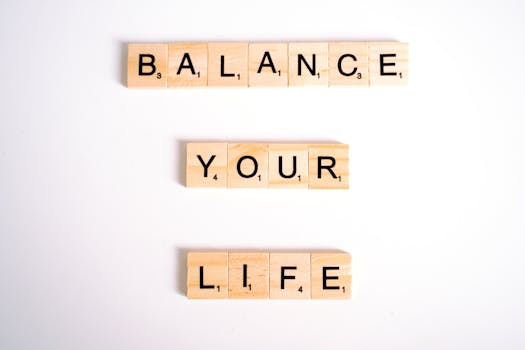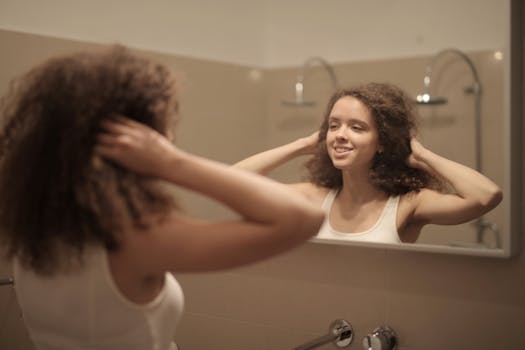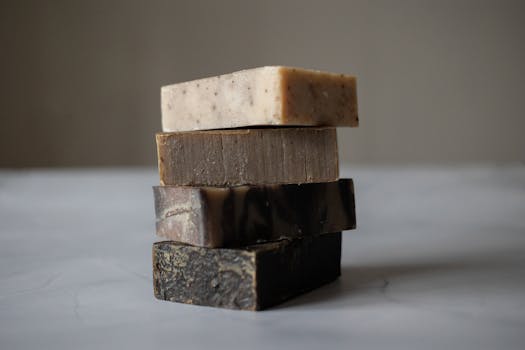
“
Introduction to Minimalist Living
Minimalist living, with its focus keyword minimalist living, is a lifestyle that has gained significant attention in recent years due to its profound impact on both personal and environmental wellbeing. At its core, minimalist living is about embracing simplicity, reducing unnecessary clutter, and focusing on what truly adds value to our lives. This approach to living is not just about getting rid of stuff; it’s about creating a more intentional, meaningful way of life.
By adopting minimalist principles, individuals can experience a wide range of benefits, from improved mental clarity and reduced stress to increased productivity and a stronger sense of purpose. Minimalist living encourages us to reevaluate our priorities, letting go of the non-essential and making room for what truly matters.
The Benefits of Minimalist Living
The benefits of embracing a minimalist lifestyle are multifaceted and can have a profound impact on our overall quality of life. Some of the key advantages include:
- Reduced Stress: Living in a clutter-free environment can significantly reduce stress levels. When our surroundings are organized and simplified, our minds tend to feel more at peace.
- Increased Productivity: By focusing on what’s truly important and eliminating distractions, individuals can become more productive and efficient in their daily lives.
- Financial Savings: Adopting a minimalist approach often means buying less and wasting less, which can lead to significant financial savings over time.
- Environmental Benefits: Minimalist living promotes sustainability by reducing consumption and waste, thereby contributing to a healthier environment.
These benefits highlight the positive impact that minimalist living can have on various aspects of our lives, from our mental and financial wellbeing to our relationship with the environment.
Practical Steps to Embracing Minimalist Living
Embarking on a minimalist journey doesn’t have to be overwhelming. Here are some practical steps to help you get started:
- Start Small: Begin with one area or category of items at a time to avoid feeling overwhelmed. This could be your closet, kitchen utensils, or digital files.
- Declutter Regularly: Make decluttering a regular habit. Set aside time each week or month to go through your belongings and get rid of items that no longer serve a purpose or bring you joy.
- Adopt the One In, One Out Rule: For every new item you bring into your home or life, get rid of an old one to maintain a balance and prevent clutter from building up again.
- Focus on Experiences: Shift your spending and priorities from material goods to experiences. Investing in experiences, like travel or learning a new skill, can lead to more lasting happiness and personal growth.
By taking these steps, you can begin to simplify your life, reduce clutter, and move towards a more minimalist lifestyle.
Maintaining a Minimalist Lifestyle
Maintaining a minimalist lifestyle requires continuous effort and intention. It’s about creating habits and mindset shifts that support your values of simplicity and intentionality. Here are a few strategies to help you maintain your minimalist path:
Regular Reflection: Periodically reflect on your values and goals to ensure that your lifestyle and possessions align with them. This reflection can help you stay on track and make adjustments as needed.
Community Support: Connecting with others who share your minimalist values can provide motivation and support. Look for online communities, local groups, or friends who are also embracing minimalist living.
Flexibility: Be flexible and patient with yourself. Minimalist living is a journey, and it’s okay to make mistakes or encounter setbacks. The key is to learn from these experiences and continue moving forward.
By incorporating these strategies into your daily life, you can successfully maintain a minimalist lifestyle that brings you greater peace, clarity, and fulfillment.





